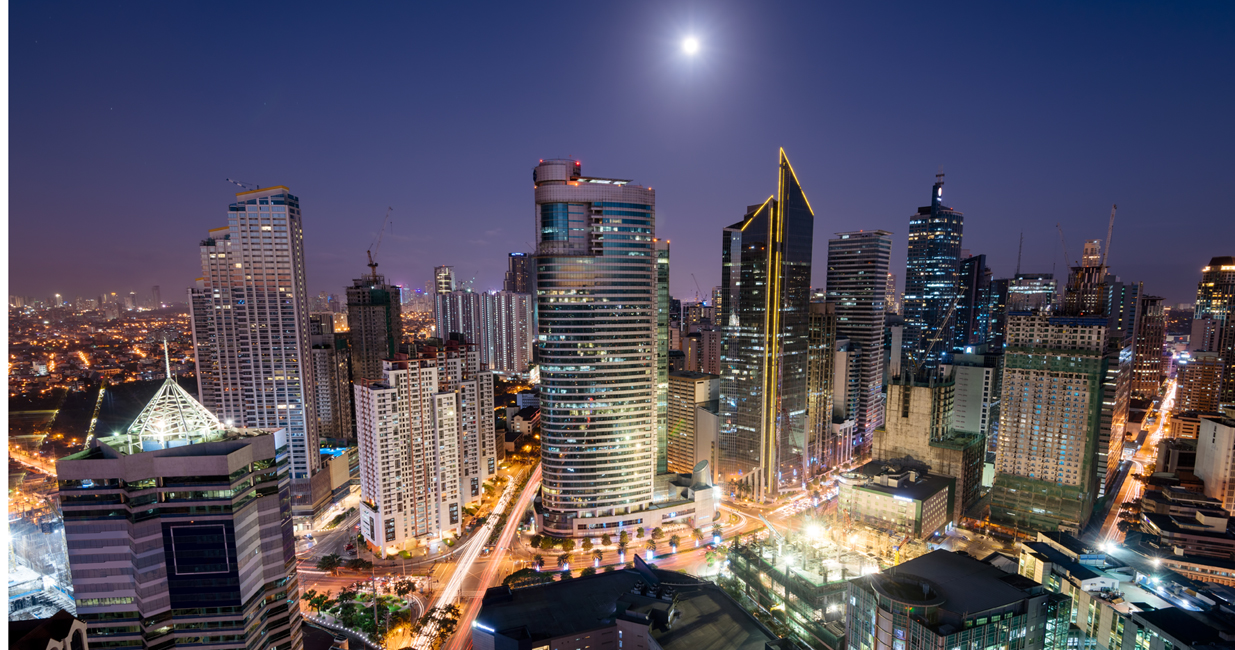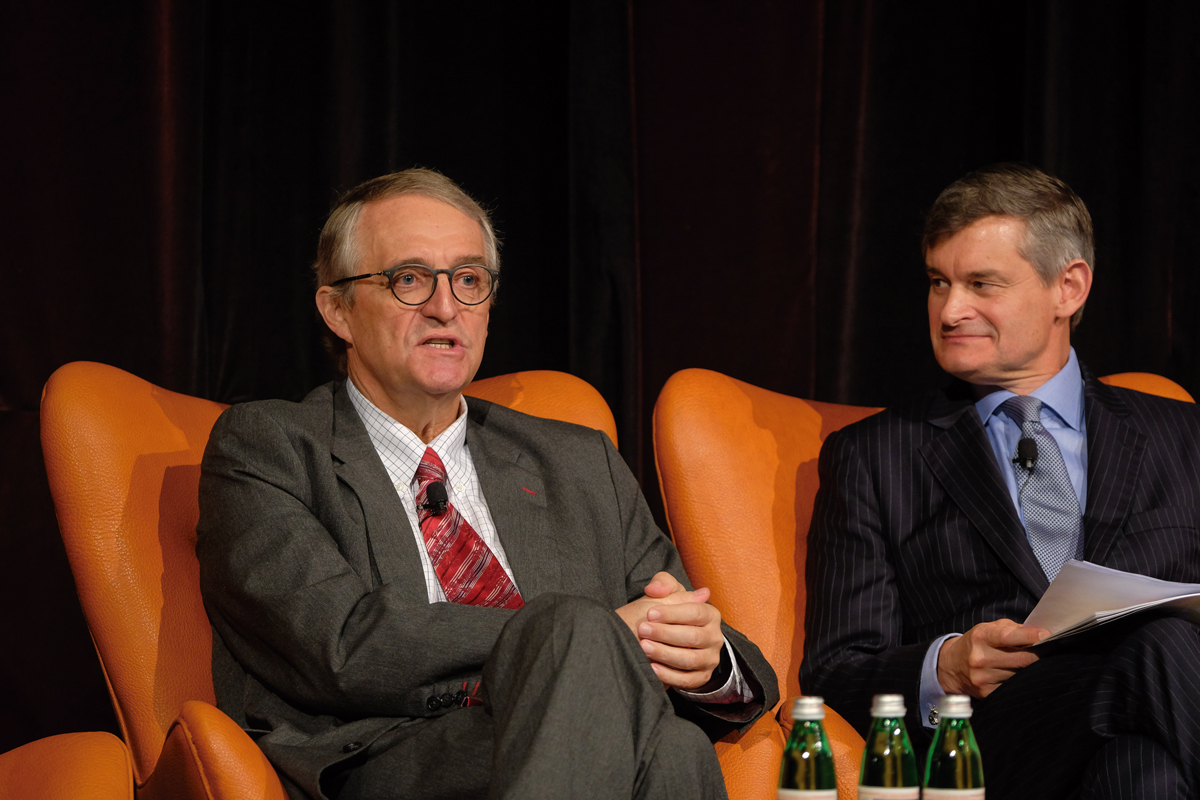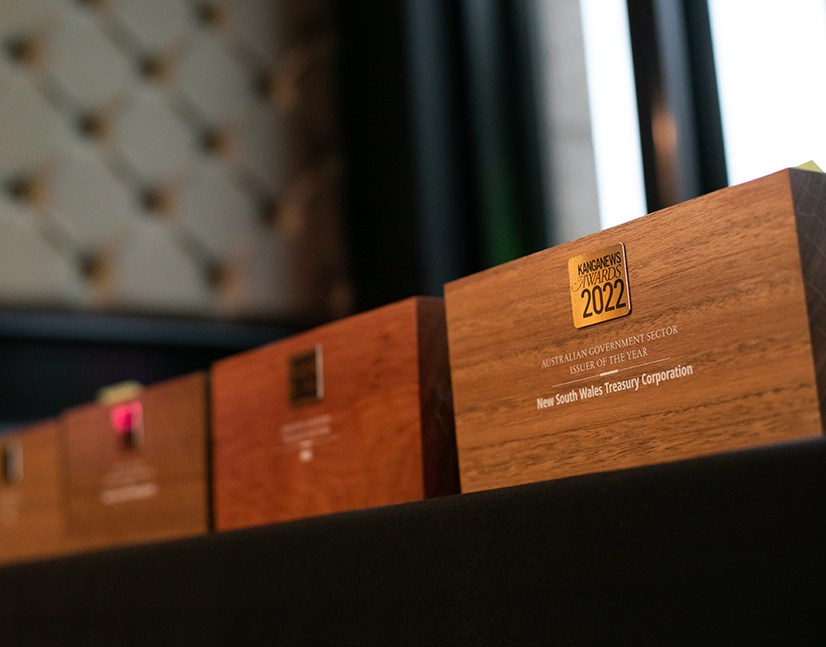
ADB and regional development in Asia
One of the highest-profile international guests at the KangaNews DCM Summit was Pierre van Peteghem, treasurer at Asian Development Bank (ADB) in Manila. In conversation with Richard Mazzochi, partner at King & Wood Mallesons in Hong Kong, van Peteghem shared insights into ADB’s wider role in sustainable development and how growth in the Asia-Pacific region is changing the supranational’s mandate.

REGIONAL FOCUS
Mazzochi Are there specific countries or investor segments that ADB is prioritising for its lending in 2018?
Therefore, it should not be surprising that ADB has very strong involvement in energy – increasingly so in renewable energy – transport, urban infrastructure, water and agriculture. These are the main sectors in which we invest and in which we intend to continue investing in the future. We are currently drafting an update of our long-term strategy, called Strategy 2030, and these sectors are listed as objective priorities.
We also have some involvement in the financial sector as well as health and education. We have a mission to improve people’s lives, and these sectors fall under this part of the ADB mandate.
Mazzochi ADB’s vice president, Stephen Groff, signed – along with several other supranational entities – a memorandum of understanding with China in 2017 which outlines collaboration with respect to investments and the implementation of the Paris accord on climate change. What is ADB’s attitude towards co-operation in implementing global policies such as this, as well as to providing funds for regional projects such as ‘One Belt, One Road’?
When it comes to ‘One Belt, One Road’, I am often asked whether Asian Infrastructure Investment Bank (AIIB) is a competitor of ADB. We do not see it as a competitor but as another institution that can provide financing to a region that needs US$1.7 trillion per year to sustain growth, continue to reduce poverty and face all the climate-related challenges that lie ahead. In fact we have already cofunded four loans with AIIB.
For ‘One Belt, One Road’ we have a strategy and AIIB also has its priorities. Not all of the time, but most of the time our strategies intersect. We have some countries and sectors in which we are both presently operating. This is evident in the four loans we have cosigned.
One of ADB’s priorities is regional integration and co-operation. This is an integral aspect of ‘One Belt, One Road’, which is linking countries in the region through the provision of vital infrastructure. In these situations, where our overarching priorities and strategies coincide, we will continue to cooperate with AIIB.
Mazzochi Speaking of AIIB, there are several new multilateral organisations in Asia and a lot of them share the ADB mandate of poverty reduction. How can ADB work together with these institutions?
What we need to be able to do is ‘crowd in’ more private-sector investment, particularly into infrastructure. This is why one of the key metrics of ADB’s performance is the amount of cofinancing we are able to achieve in our operations. This also goes for official cofinancing for things like grants and trust funds, which is very important in making development projects bankable.
What we need to be able to do is ‘crowd in’ more private-sector investment, particularly into infrastructure. This is why one of the key metrics of ADB’s performance is the amount of cofinancing we are able to
achieve in our operations.
SUPPORTING GREEN GROWTH
Mazzochi ADB has been a leading issuer of green and thematic bonds for a number of years. What are the drivers behind your issuance of these products?
In context, 30 per cent is US$6 billion per year that would be going to eligible projects funded by green bonds. This is one reason why such a programme makes sense for ADB.
On top of this, these programmes are very good for investor diversification. With a green-bond programme you can access socially responsible investment funds that may not be as keen to invest in our standard bond programmes.
Mazzochi Would you expect your green bonds to be priced any differently from your other debt?
Having said this, knowing that the green-bond market is suffering from a lack of supply, it wouldn’t be too far fetched to think that issuers could price green bonds inside standard bonds. This is not what we have been doing so far, and in fact all our green bonds have been priced in line with our yield curve. However, performance in the secondary market has been even better for our green bonds than it has for our standard bonds, which were already performing well.
Mazzochi What is needed for the green-bond market in Asia to grow? Does it need government intervention?
What could be useful is having some more regulation promoted within the Asian region so green bonds issued in the local capital markets would come under the green-bond principles. There is an ASEAN +3 initiative which promotes compliance of the green-bond principles within the region, and ADB is supporting this.
US DOLLAR DEMAND
Mazzochi There has been huge growth in the wealthy middle class in Asia, money is coming out of China and quantitative easing in Korea and Taiwan has supported US dollar demand. How large is the appetite of Asian investors for US dollars, and what effect does this have on ADB’s funding profile in its home region?
When it comes to capital markets, ADB has been accessing US dollar resources within Asia for a long time. Our borrowing programme has risen to close to US$29 billion in 2017 from US$5 billion in 2005. We have a flagship programme called global benchmark bonds, which are highly liquid bonds issued in US dollars.
Importantly, up to one third of any of our new bond transactions is regularly sold within Asia. The Asian capital market, as far as US dollars is concerned, is very well known to us and we expect it to grow further as the wealth of the region continues to increase.
The Asian capital market, as far as US dollars is concerned, is very well known to us and we expect it to grow further as the wealth of the region continues to increase.
Mazzochi What proportion of ADB benchmark issues would you expect to be placed into the US ?
Triple-A supranationals such as ADB are the perfect substitute. The footprint of ADB in the US is therefore
increasing significantly. We are making a lot of effort in investor relations in the US so we can capture these buyers and increase our investor diversification.
Mazzochi Triple-A issuers tend to need diversification and the ability to issue long tenor. Does this drive issuance into the US ?
Mazzochi The majority of ADB’s funding is in US dollars. What will be the effect of rising US interest rates on your book?
The answer is almost none, because we hedge all our interest-rate risk. All the bond issues we bring to market are swapped into floating US dollars, which we then offer as floating-dollar loans to our customers. If they want fixed rate, we swap again and use derivatives to hedge our positions.
To the core of the topic, an increase in interest rates might mean there is more appetite for US dollar investments. This remains to be seen, but it is certainly a possibility – and ADB is in a perfect position to capture some of this potential increased demand.
Institutional investors in China have always been strong supporters of ADB bonds. In fact, there was some Chinese involvement in our most recent transaction. I am not sure whether a rise in US interest rates would induce more participation from Chinese investors in ADB bonds. However, it is something to be played out further.
Mazzochi ADB is regular issuer in the Kangaroo market. How significant a role does the Australian dollar play for ADB?
Since 2016, our issuance in Kangaroo bonds has been increasing. In 2016 it was around A$700 million, in 2017 it was A$1.8 billion and in 2018 it is already at A$1 billion. This is because the market is consistently offering institutions like ADB opportunities across the yield curve, even at the long end, with a domestic and international investor base.
We swap all our Australian dollar issuance into US dollars because we do not have a natural need for Australian dollars. However, we are very happy with the market and we hope it will grow further. We will of course be looking to support this growth going forward.
Audience question What would happen if president Donald Trump withdrew US funding for multilateral banks such as ADB and World Bank? How can you assure investors that this won’t happen?
ADB is very well endowed with capital. If you look at the balance sheet, we have 50 cents of capital for every dollar of loans. Some would even say we are overcapitalised, but I believe we are very well capitalised and in a great position to support the future growth of our operations.

WOMEN IN CAPITAL MARKETS Yearbook 2023
KangaNews's annual yearbook amplifying female voices in the Australian capital market.

SSA Yearbook 2023
The annual guide to the world's most significant supranational, sovereign and agency sector issuers.











